LATEST INSIGHTS
Your Present Location: LATEST INSIGHTSWang Wen: Interpreting the Détente in Geneva
Source: International Policy Digest Published: 2025-05-15
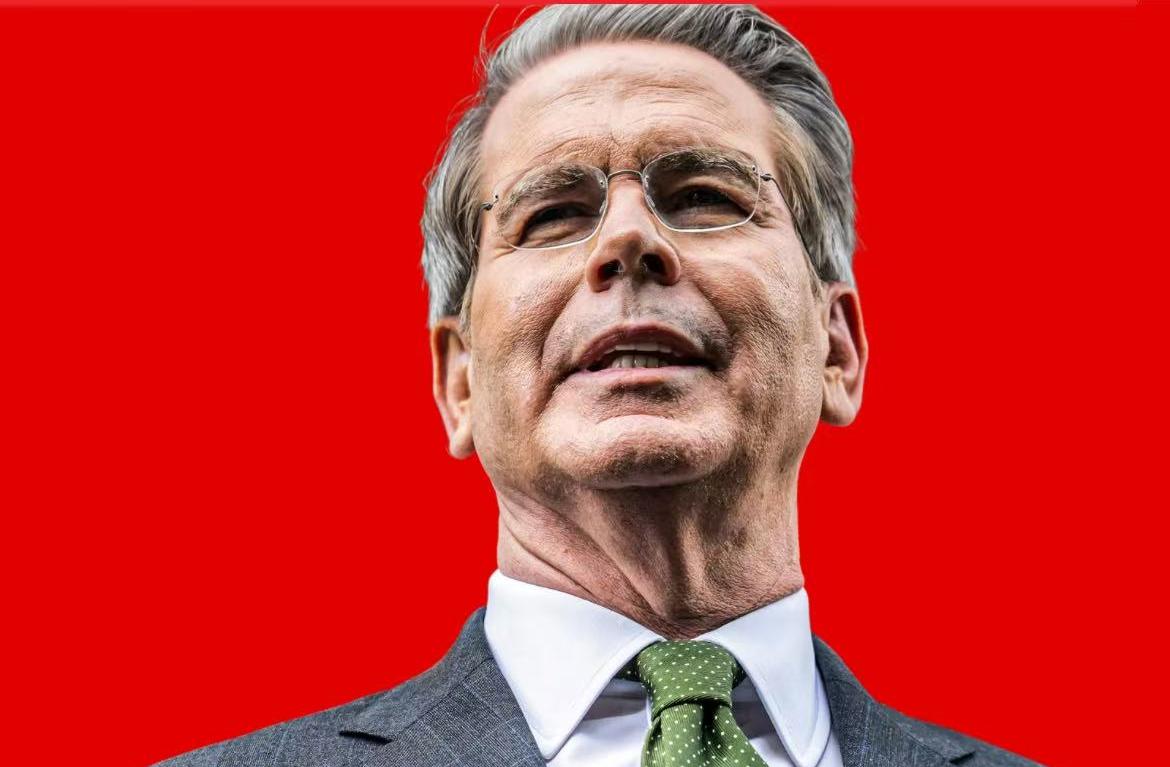
By Wang Wen
Dean and Professor of Chongyang Institute for Financial Studies at Renmin University of China (RDCY)
After two days of talks in Geneva, Beijing and Washington reached an agreement to roll back the majority of tariffs introduced since the ‘Liberation Day’ measures in April. The two sides agreed to roll back 91% of existing tariffs and suspend an additional 24% for 90 days by May 14—resulting in a cumulative tariff reduction of 115%. This unexpected breakthrough in bilateral negotiations marked a stunning reversal in a long-fraught trade relationship, surpassing even the most optimistic projections.
The agreement represents a rare moment of détente in an era marked by escalating global political and economic friction. It signals that policymakers in both Beijing and Washington—despite deep divisions—are still capable of making pragmatic decisions to prevent further deterioration. For the first time since Donald Trump assumed office in January, there is a genuine sense of optimism surrounding global trade and the broader project of sustainable, rules-based globalization.
The Trump administration had extended so-called “reciprocal tariffs” across the globe, with China bearing the brunt through three rounds and five waves of punitive measures. U.S. tariffs on Chinese goods surged to an average of 145%, with certain categories facing duties as high as 245%, grinding bilateral trade to a halt. At the height of this freeze, not a single Chinese cargo vessel docked in either Los Angeles or Long Beach for a full 12-hour window—an unprecedented silence in one of the busiest maritime corridors.
The Geneva détente rewinds tariffs on Chinese goods to levels last seen in early March. The decision to freeze rates at a “normal trade” level for 90 days provides crucial breathing room for global supply chains and international commerce. International outlets were quick to hail it as a “major trade breakthrough,” a sentiment that reflects widespread relief in global markets.
But the significance of these talks extends beyond immediate economic relief. The Geneva negotiations illustrate a strategic maturity from both sides. For China, the meeting was a reaffirmation of its commitment to multilateral trade principles and global economic reform. The framework outlined—emphasizing “mutual openness, sustained communication, and win-win cooperation”—offers a phased tariff adjustment mechanism and institutionalized consultation channels. It’s a blueprint not only for managing disputes but for expanding common ground in an era of intensified great-power rivalry.
Why, then, did the two sides arrive at this agreement now?
First, as U.S. Trade Representative Jamieson Greer noted, the speed with which the deal was reached suggests the differences were not as insurmountable as previously believed. Compared to the drawn-out 2018 joint statement, this iteration came together quickly and effectively, suggesting that the specter of full economic decoupling remains more myth than reality.
Second, U.S. economic pressures created strong incentives to make a deal. While China posted robust 5.4% year-over-year GDP growth in Q1 2025—leading among major economies—the United States is struggling under a debt-inflation spiral: 3.2% inflation coupled with a ballooning national debt of $36.7 trillion. The U.S. Federal Reserve finds itself in a policy bind, trying to navigate competing priorities of employment, price stability, and interest rates amid a fragile recovery.
Third, the talks reflect a Chinese approach grounded in dialectical strategy—what might be called “cooperation through contestation.” With the global landscape undergoing profound realignments, China is doubling down on institutional reform and opening-up, but only on terms rooted in mutual respect. It sees the Geneva outcome as an opportunity to showcase its role as a responsible global actor while hedging against the unpredictability of Washington politics.
Still, the world should approach this moment with measured skepticism.
Recall June 2018: an agreement reached under the first Trump administration disintegrated within days. The second Trump administration—marked by even sharper mood swings and erratic decision-making—similar risks loom. The durability of this agreement remains uncertain, and the threat of abrupt reversals persists. Caution, not complacency, should guide how we interpret this development.
Moreover, the structural contradictions underpinning China-U.S. tensions remain unresolved. The flexible 24% suspension and 10% tariff retention reflects not rapprochement but realpolitik: the U.S. managing inflation and debt; China safeguarding industrial security with strategic restraint.
For American policymakers, the lesson is clear: do not underestimate China’s evolving capabilities, resilience, or strategic sophistication. China today is far more adept at navigating the contours of great-power competition than it was eight years ago.
During this round of tariff warfare, Beijing deployed non-tariff measures, including export controls on seven categories of rare earth minerals. These struck at the heart of the U.S. defense industry and demonstrated China’s willingness to use its economic arsenal with precision and foresight. Through this blend of tariff and non-tariff tactics, China not only carved out the space needed for this agreement but signaled its readiness for the unpredictable road ahead.
In short, the Geneva détente is not the end of the story—nor is it a resolution of the deeper contest. It is a carefully calculated pause, one that offers hope but demands vigilance.












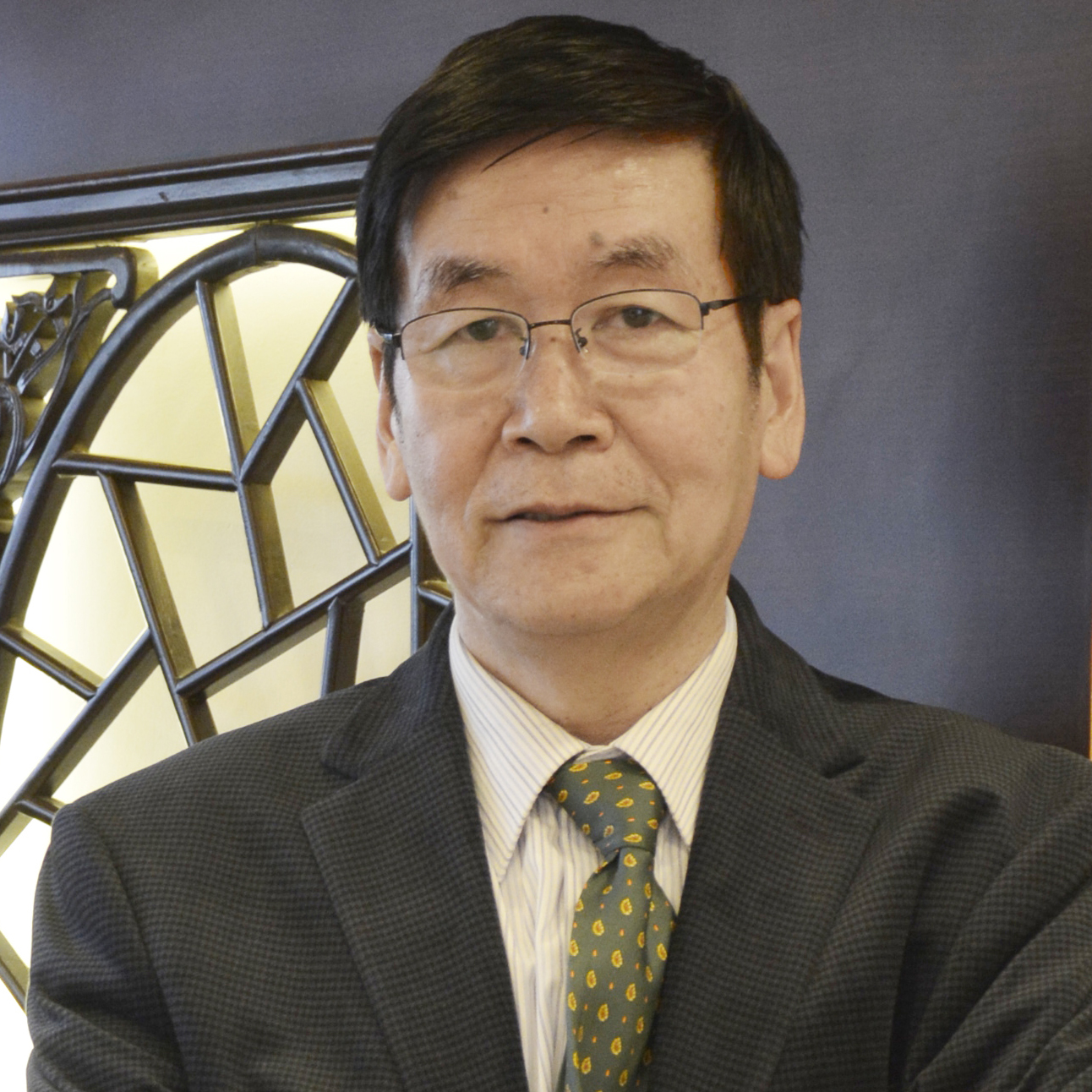
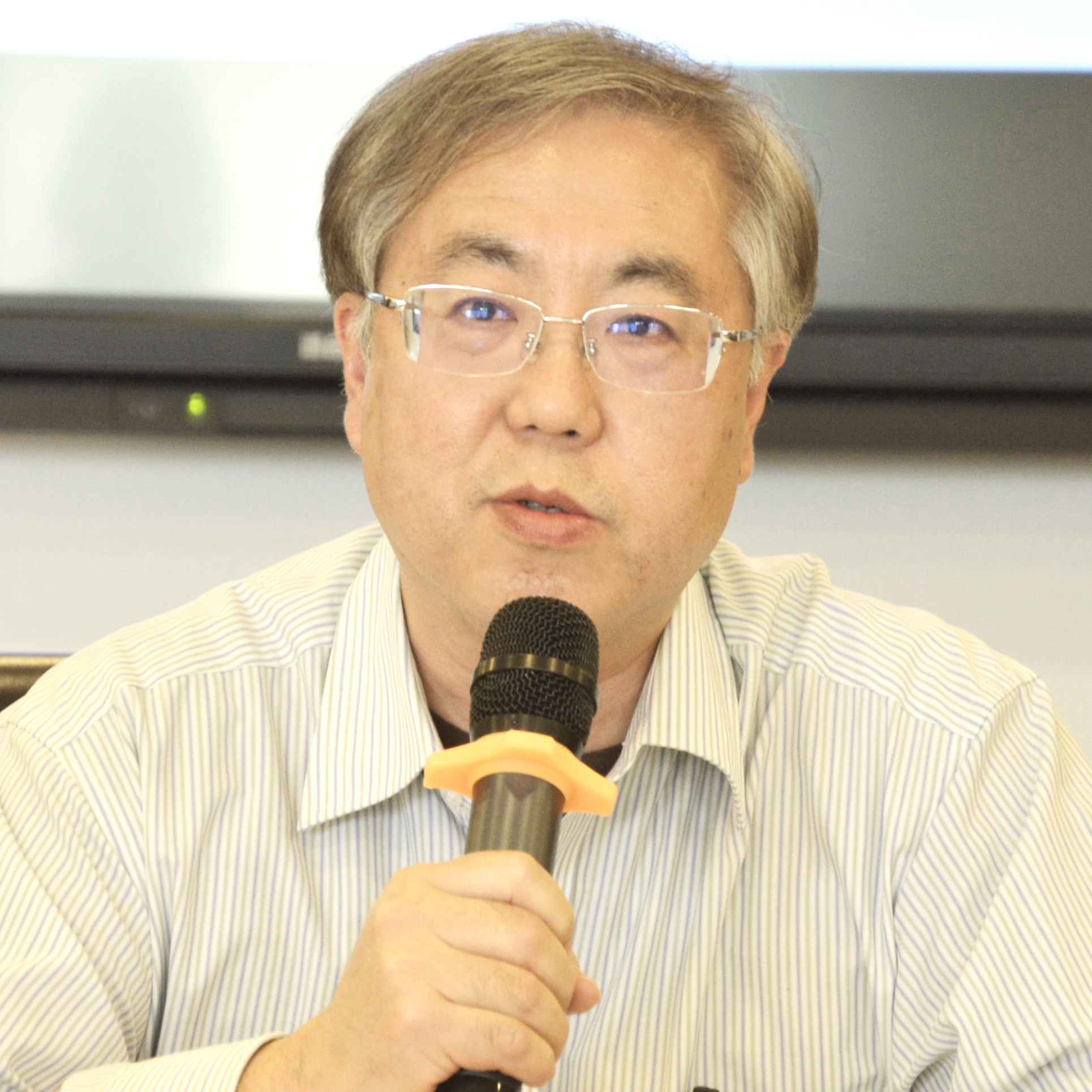

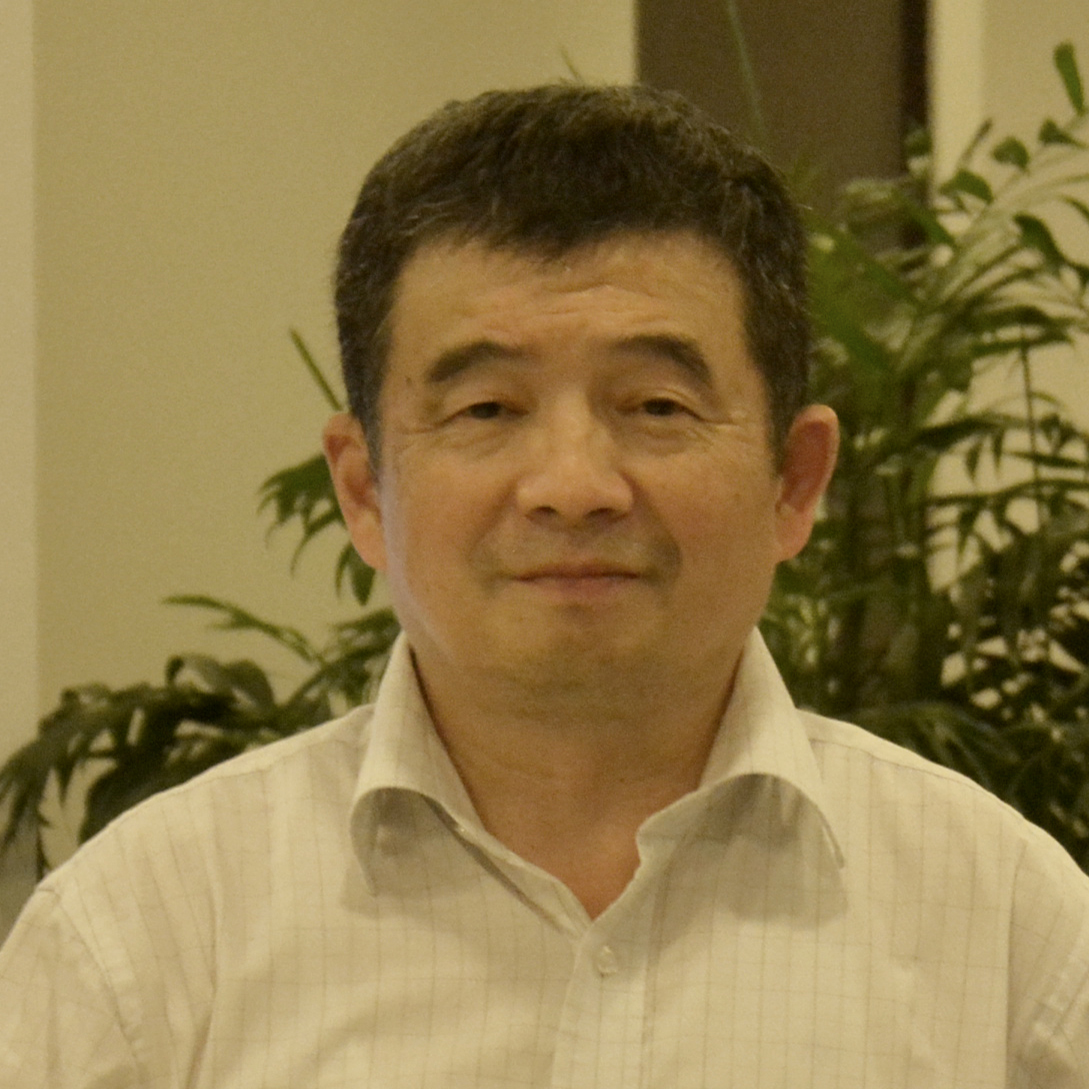
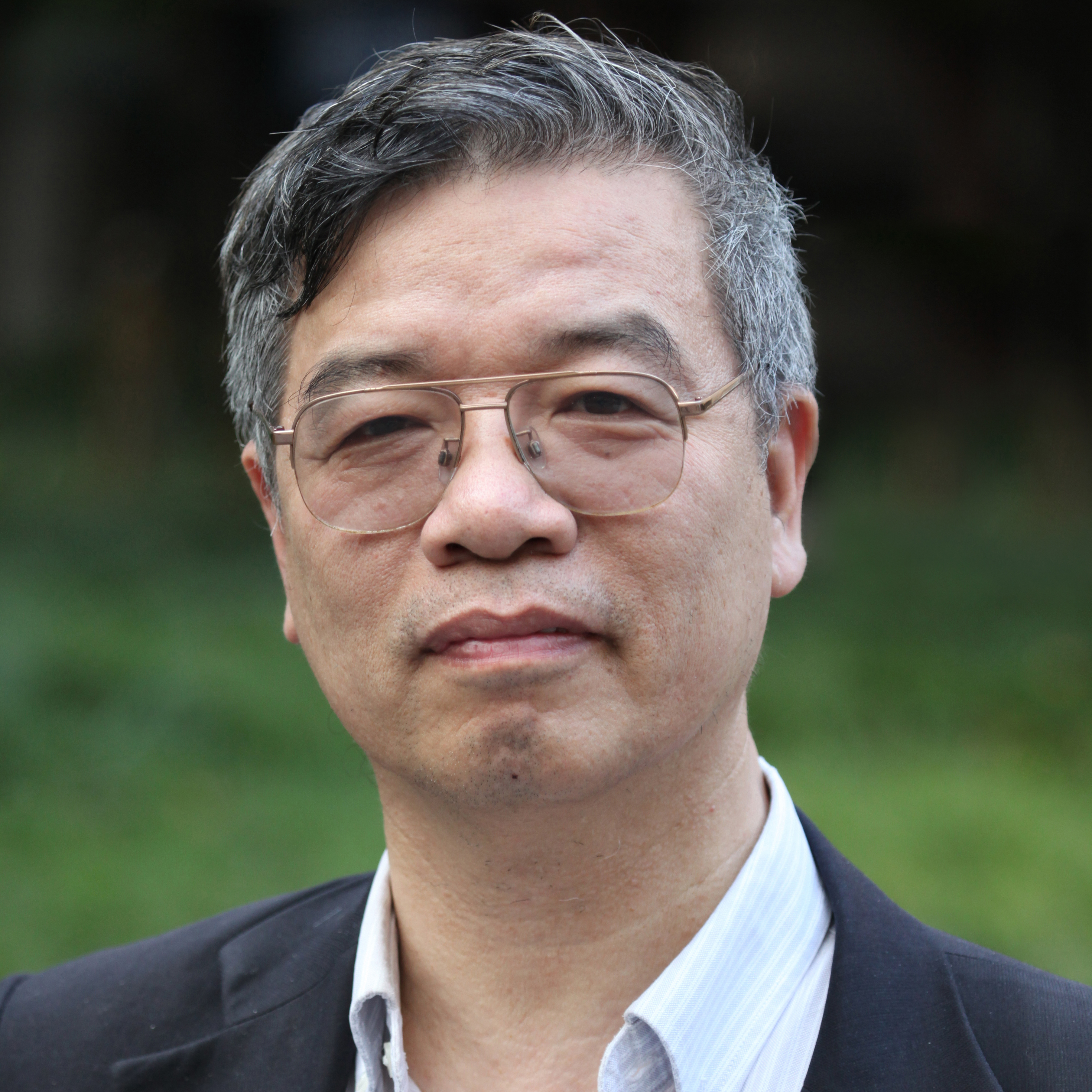

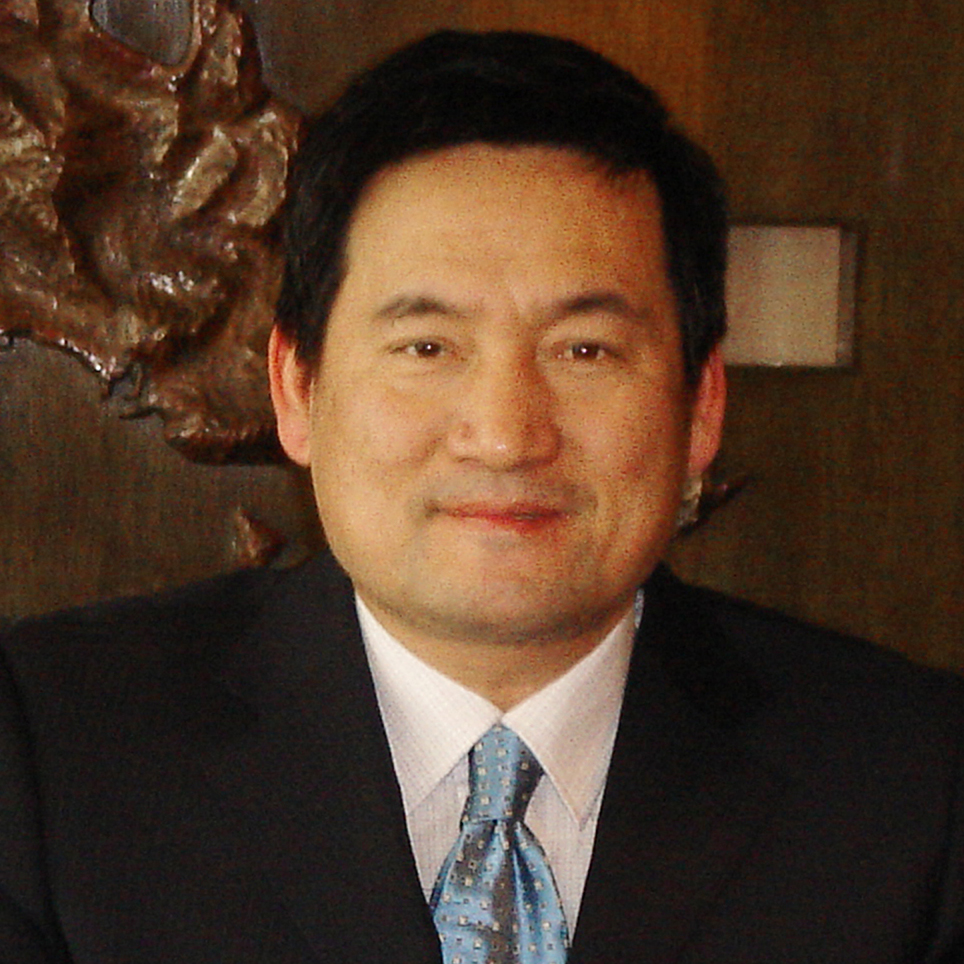








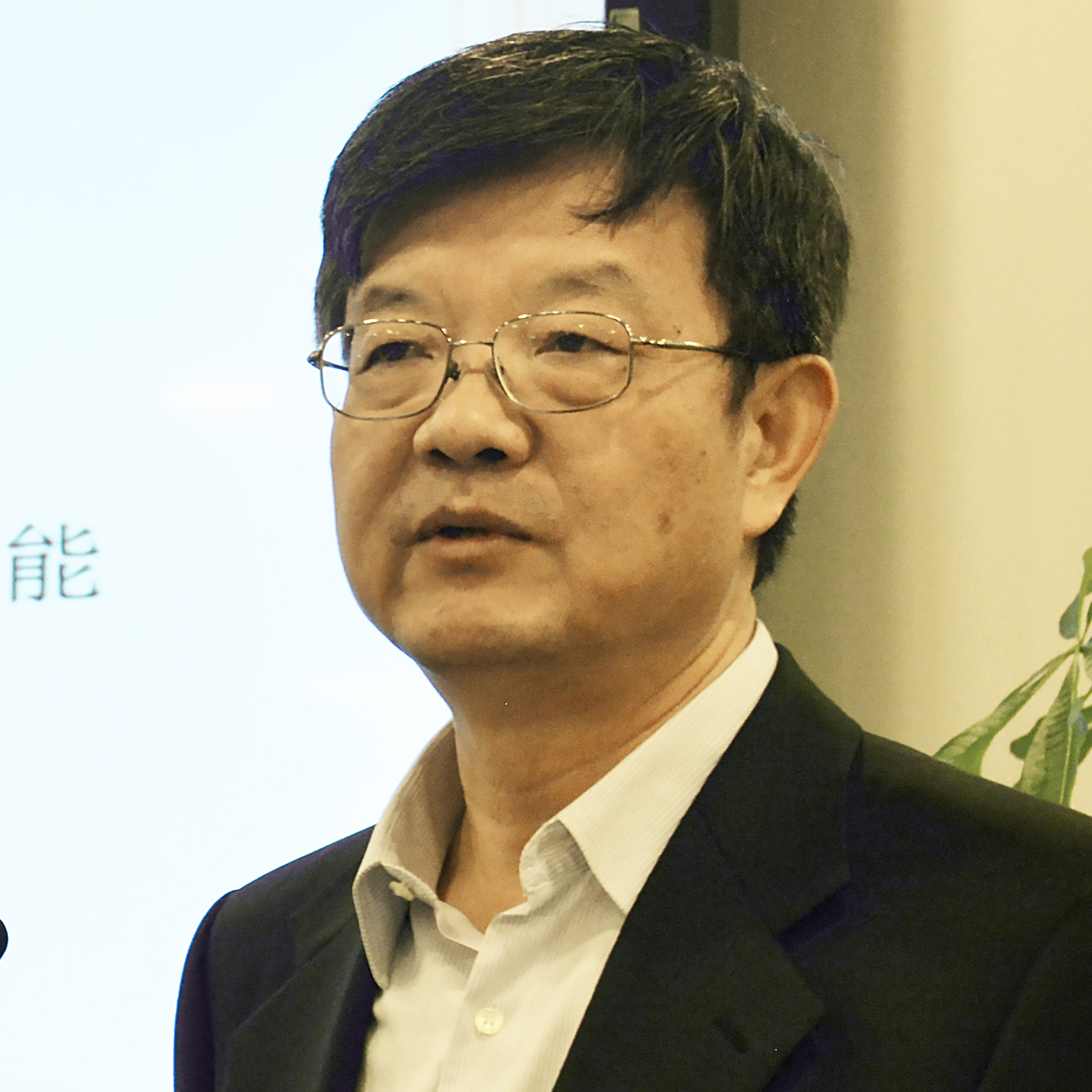



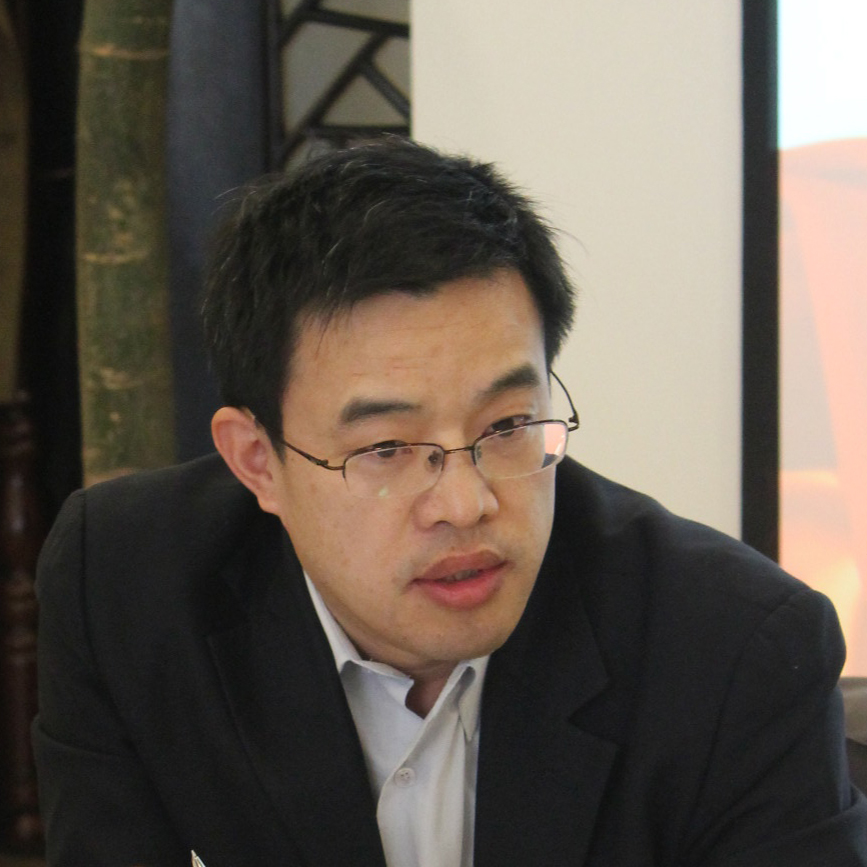
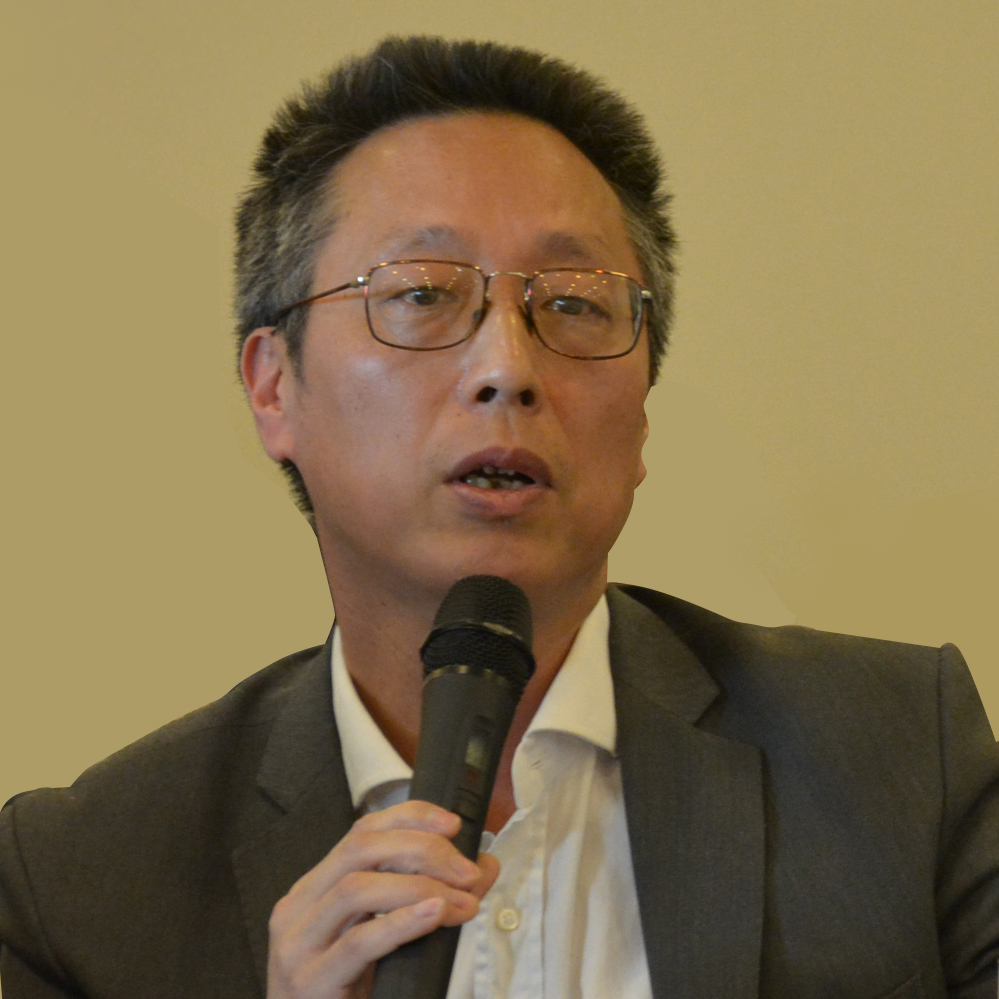
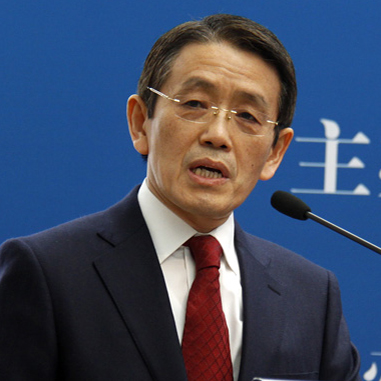

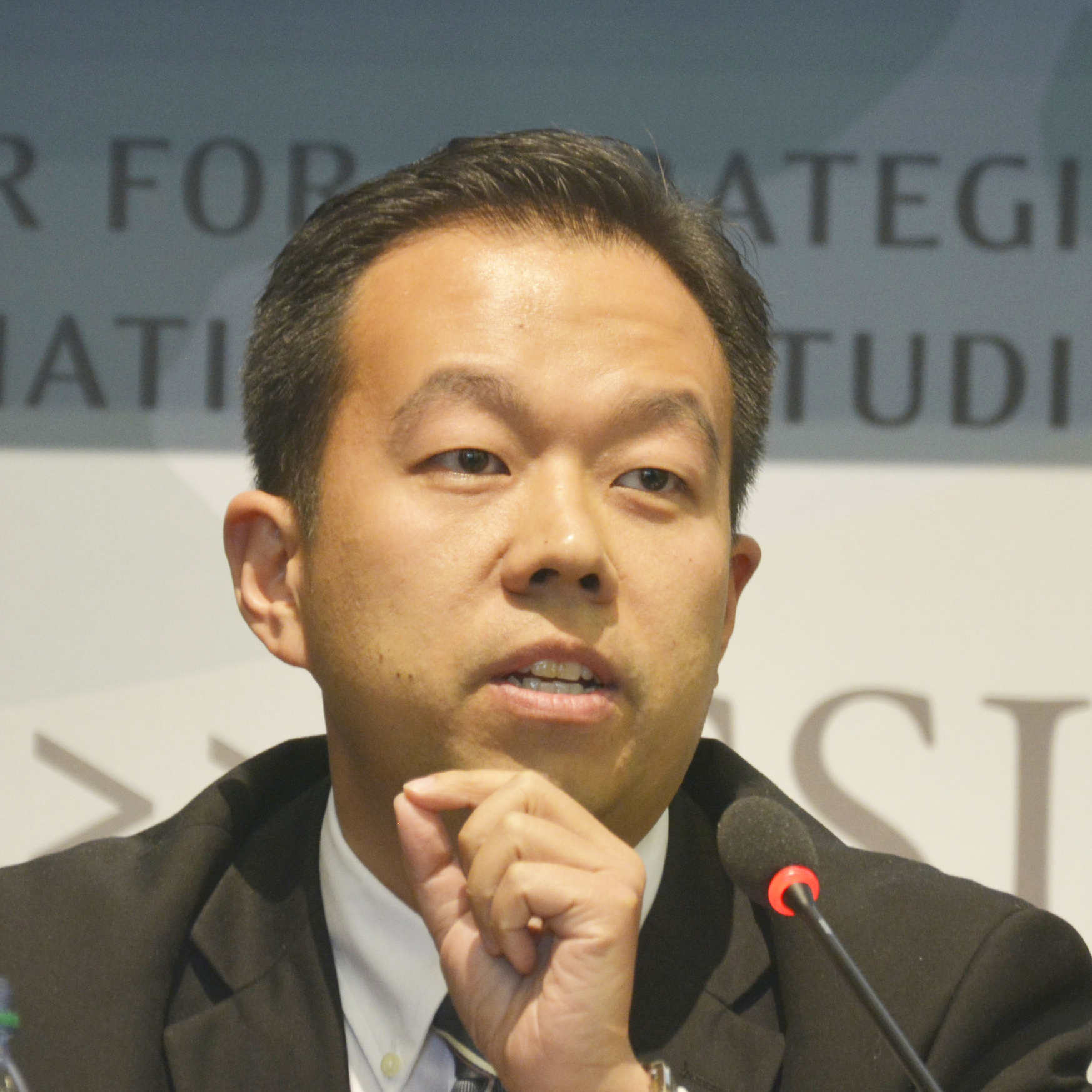

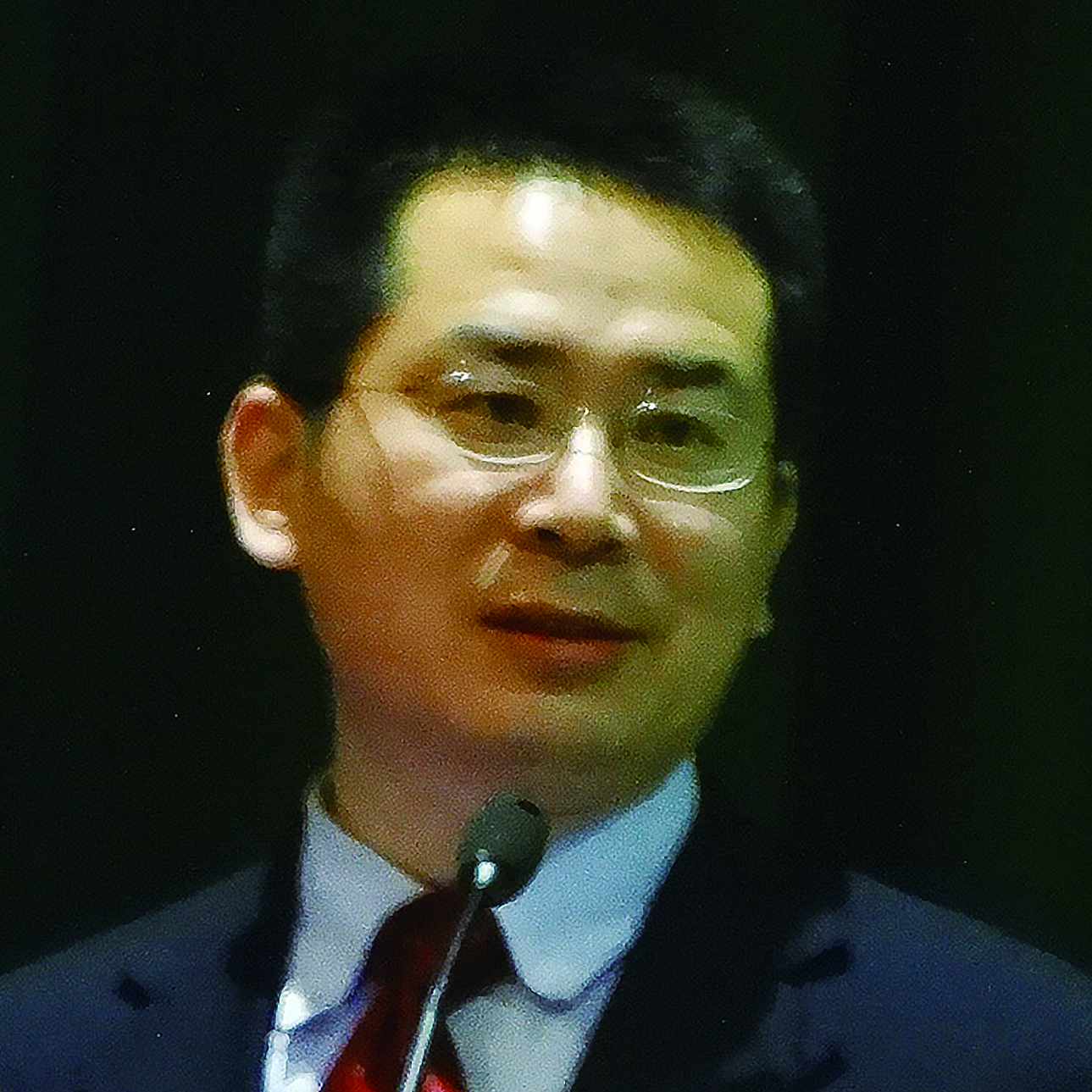







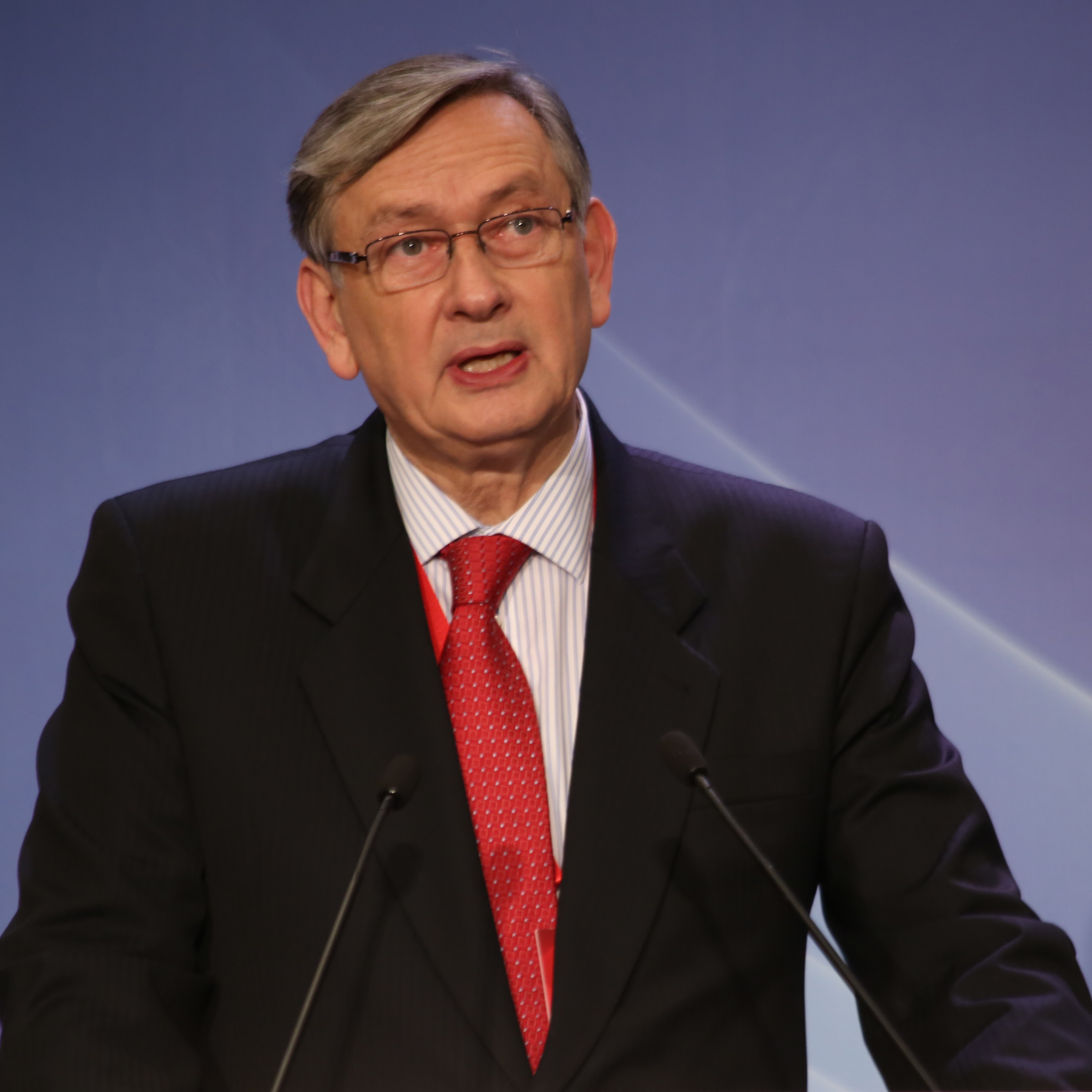
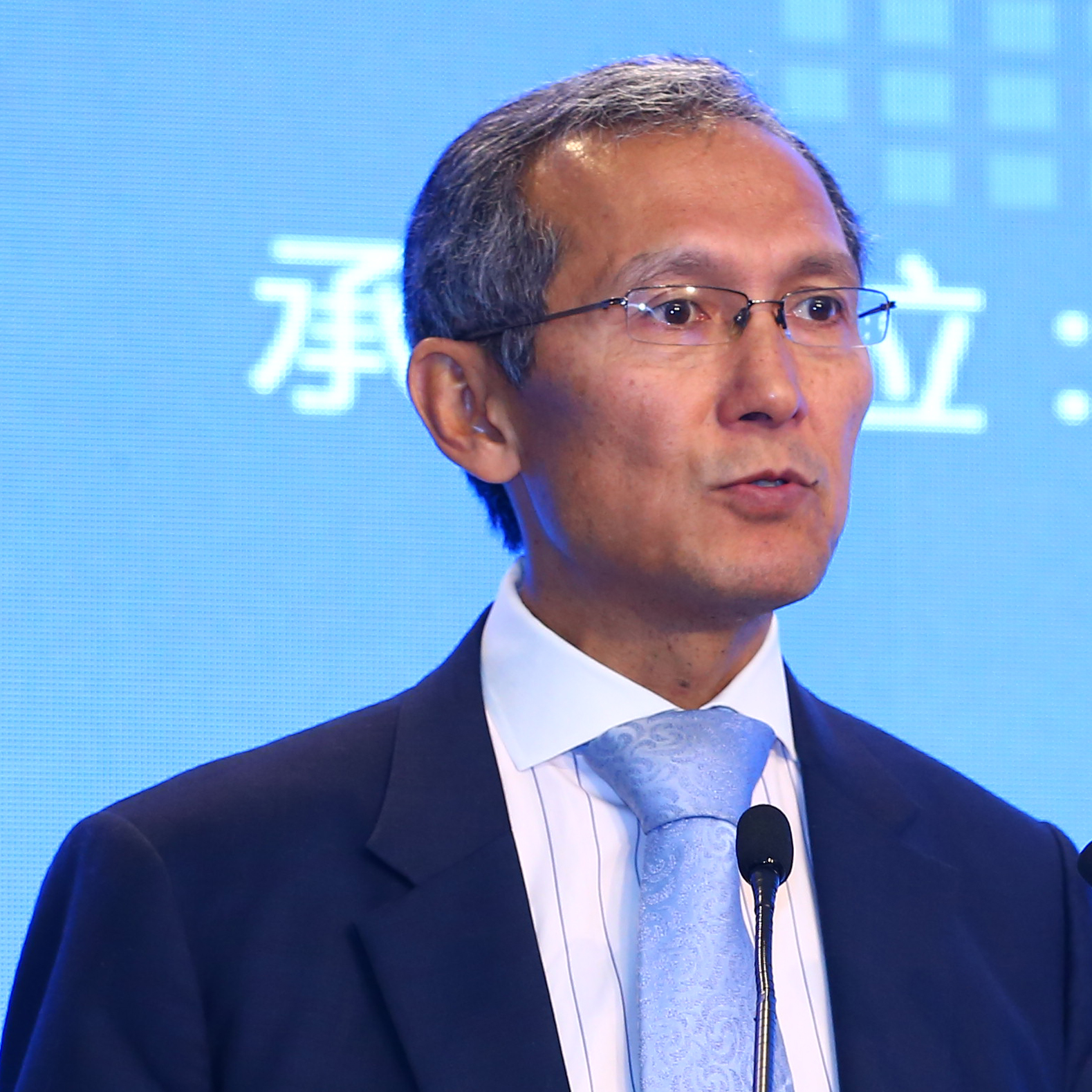
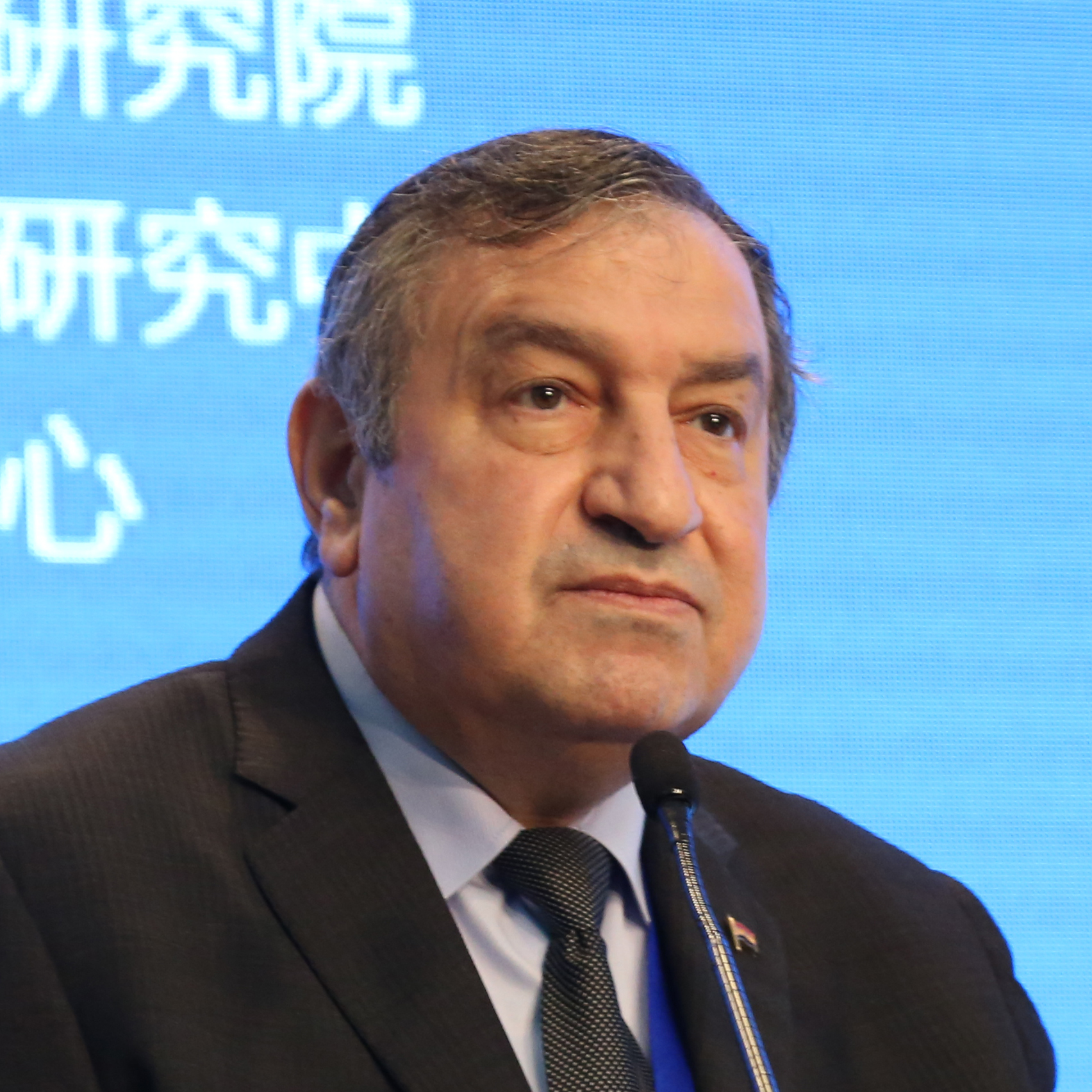
















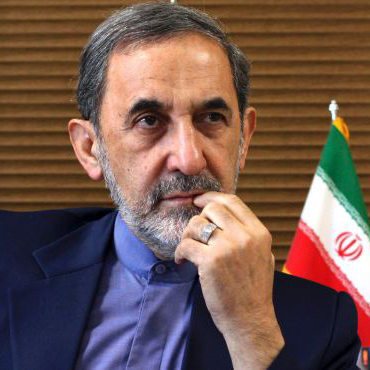




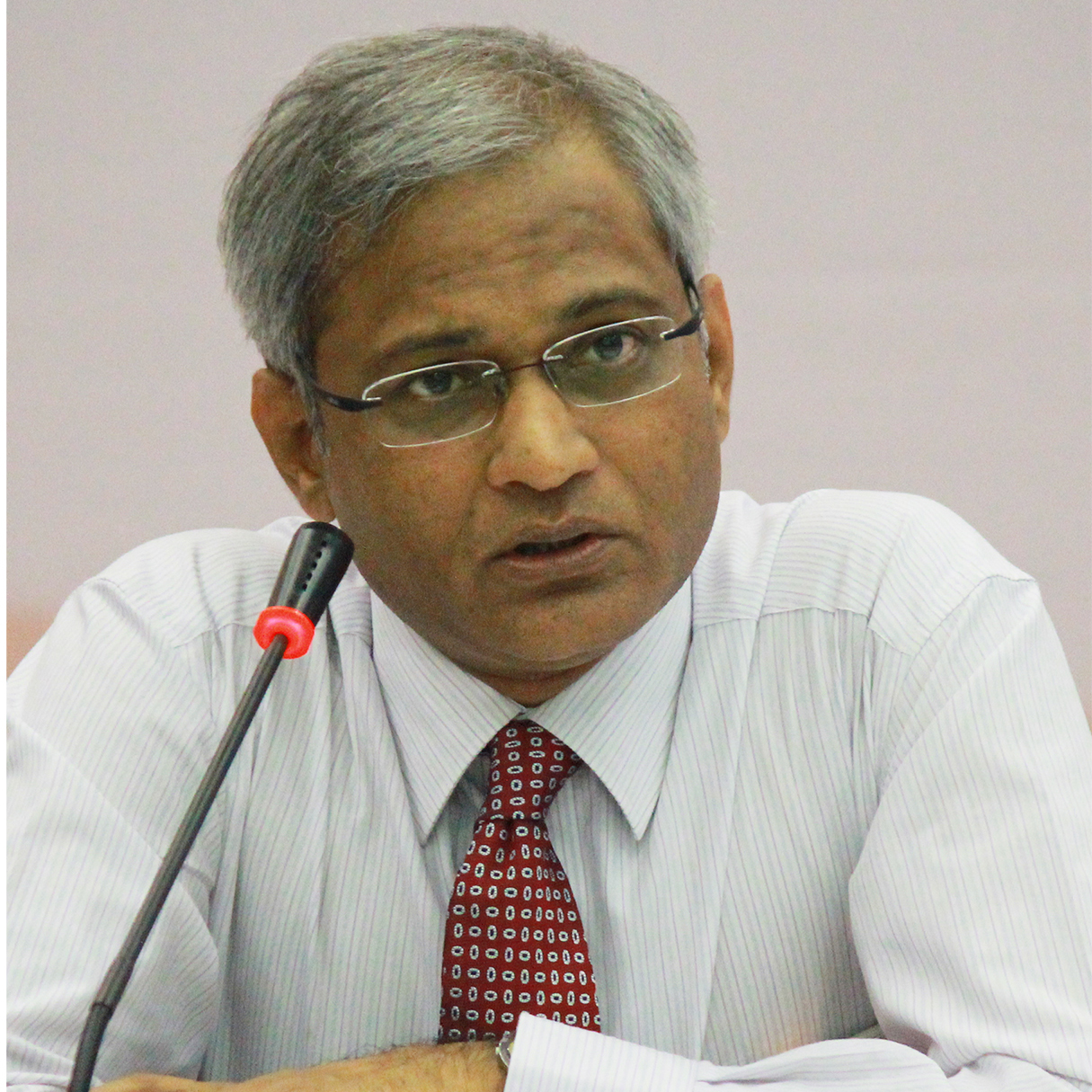

















 京公网安备 11010802037854号
京公网安备 11010802037854号





